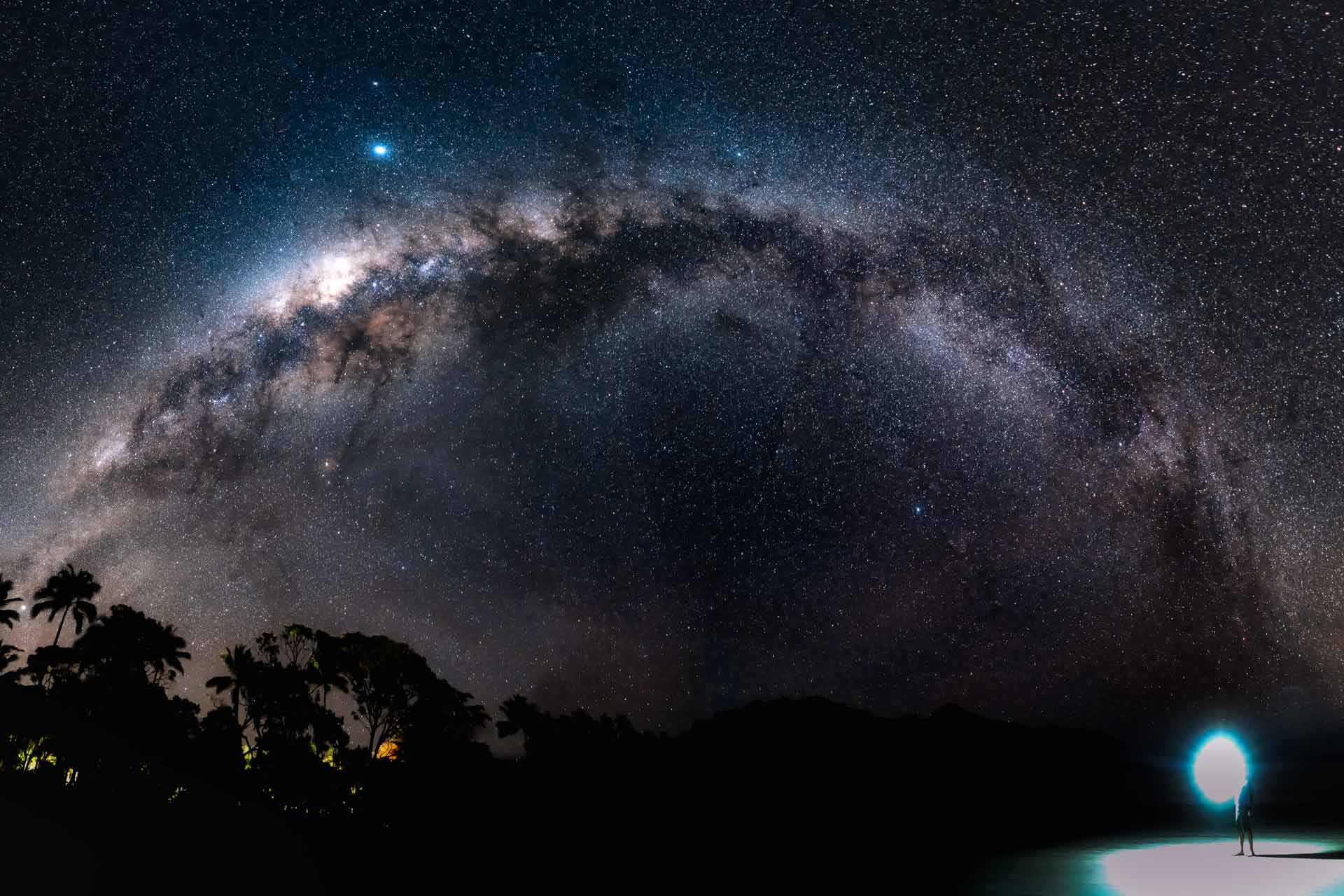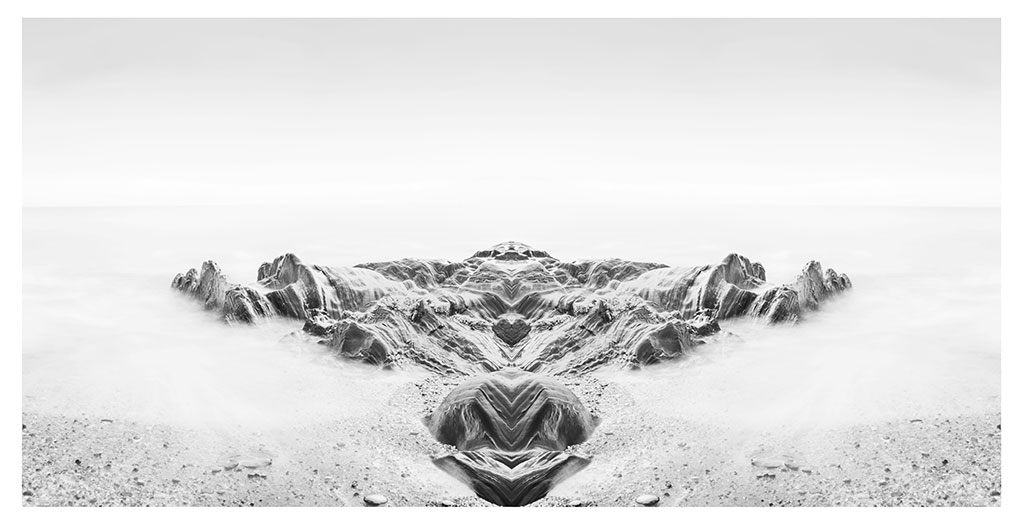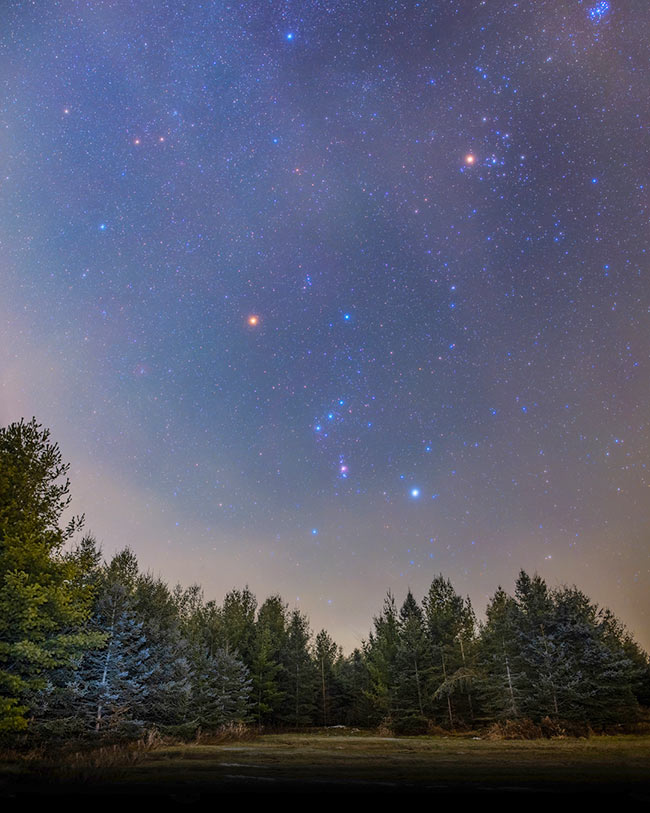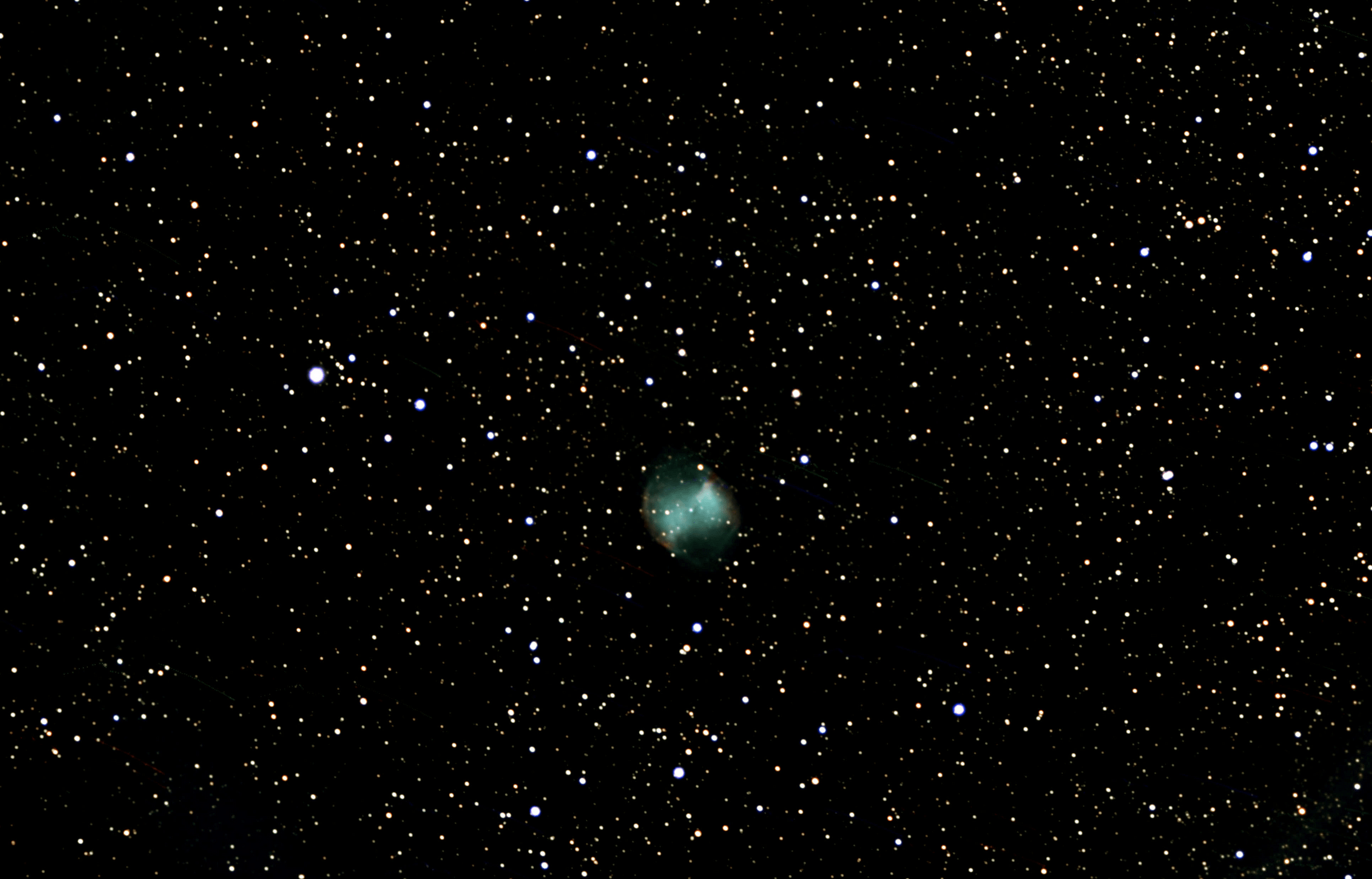Capturing the Cosmos Through Photography: A Guide for Stargazers
The vastness of the cosmos has been a source of inspiration and wonder for humanity since the beginning of time. And while space travel remains out of reach for most people, we can still capture the beauty of the universe through photography. In this post, we’ll discuss the tools and techniques necessary to capture stunning images of the cosmos.
1. Choose your equipment wisely
If you’re serious about astrophotography, it’s essential to invest in the right equipment. A sturdy tripod, a DSLR camera, and a telephoto lens are the basic necessities. It’s also important to use a shutter release cable or remote control to avoid camera shake. Additionally, you’ll need a method of tracking the movement of the stars, such as a star tracker or equatorial mount.
2. Find a dark location
Light pollution can ruin a good astrophotography session, so it’s important to find a dark location far away from city lights. The darker the sky, the more stars you’ll be able to see and photograph. It’s also a good idea to check the weather forecast and pick a clear night for optimal conditions.
3. Experiment with exposure settings
The most crucial element of astrophotography is exposure. It takes practice to determine the best settings for the environment you’re in. A general rule is to use the lowest aperture available, a high ISO, and a long exposure time. It’s essential to bracket your shots and experiment with different exposure settings until you obtain the desired result.
4. Edit your photos
Astrophotography often requires post-production editing to enhance your image. Software like Adobe Lightroom, Photoshop, or GIMP can help you adjust the brightness, contrast, and color balance of your image. It’s essential to avoid overprocessing your photos, as this can lead to unnatural-looking pictures.
5. Be patient and persistent
Astrophotography can be challenging, and it’s important to remain courageous and persistent. It takes time to learn how to use your equipment effectively and find the perfect location. Additionally, capturing the perfect shot can take many attempts, especially when shooting moving objects like meteors or the aurora borealis.
In conclusion, capturing the cosmos through photography is a challenging yet rewarding activity that requires patience, dedication, and the right equipment. With practice and perseverance, you can capture the beauty of the universe and create breathtaking images that will amaze and inspire. Happy shooting!











